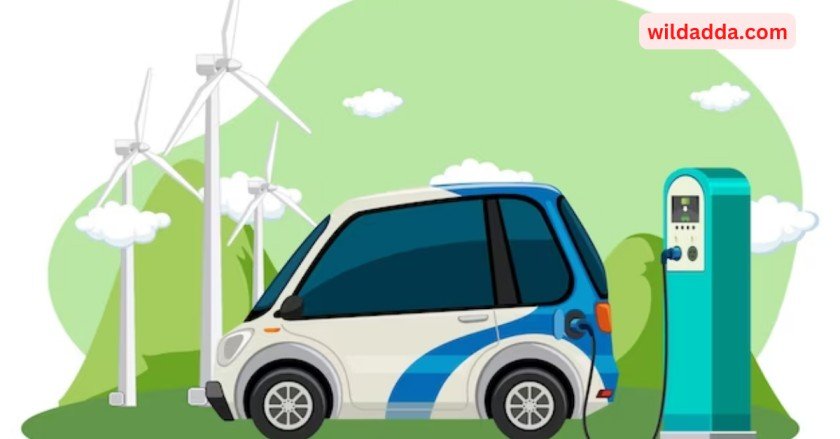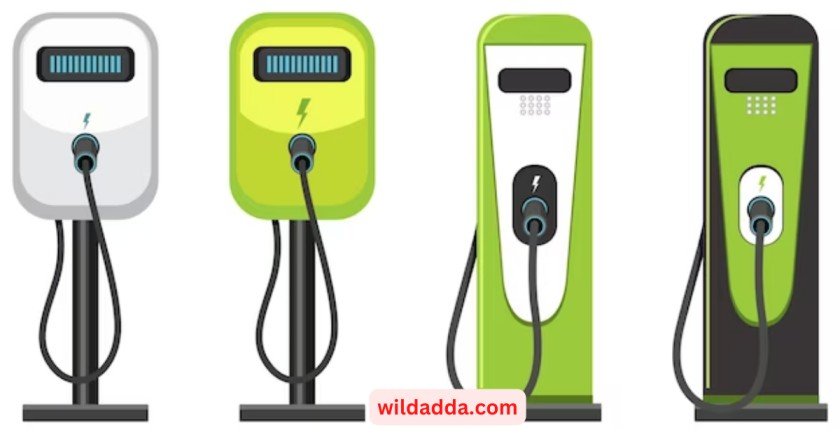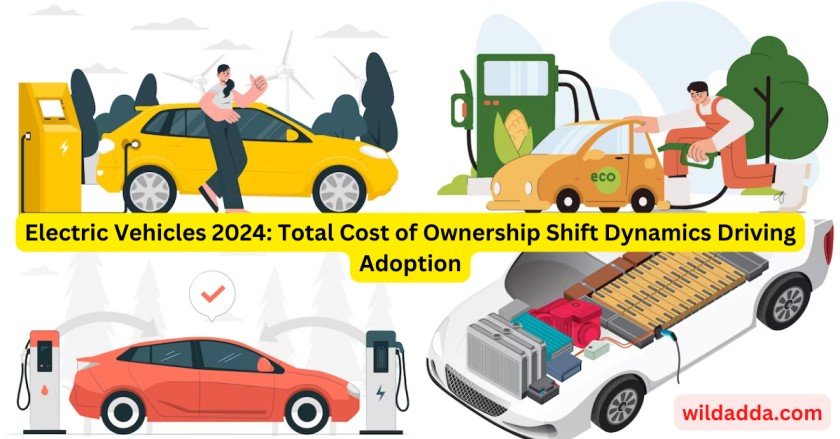Table of Contents
Introduction
Overcoming perceptions of limitations around range anxiety, high costs, and sparse charging access – the electric vehicle revolution reaches an inflection point through 2024. Accelerating innovations now tilt total cost dynamics in favor of EVs, promising to unlock mass adoption at global scale.
This analysis will explore key trends acting as catalysts rapidly improving the value proposition of electric vehicles compared to combustion engines:
Falling Battery Prices of Electric Vehicles
Expanding Charging Infrastructure Accessibility Increased Driving Range Per Charge Government Incentives and Regulations
As lithium battery packs drop to under $100 per kWh while supporting longer runtimes between charges – the transition towards emission-free transportation edges closer to inevitability.

Falling Battery Prices (250 words) Over the past decade, average lithium-ion battery pack prices have registered astounding 85% declines – falling from over $1,100 per kWh in 2010 down to $132 per kWh by end of 2021. Electric mobility relies on cheaper cells translating to affordable sticker prices.
Spurred by maturing megafactories scaling mass production of cells, packs and raw component processing – leading estimates project battery prices dropping below $100 per kWh by 2024. Global manufacturing capacity rising over 5 TWh annually will sufficiently cater surging battery demand from expanding EV model lineups while rationalizing input costs.
Knock-on economic effects should allow automakers absorbing reduced cell costs to trim retail pricing on successive new models launching through 2024-25 timeframe – making EVs price competitive against combustion engine variants quicker than previously expected. Mainstream EV price parity arrives!
Expanding Charging Infrastructure Accessibility
Assuaging anxieties around locating working chargers conveniently has witnessed encouraging progress via investments into public charging networks mushrooming globally. Over 2 million public charge points already sprinkle key highways and urban hubs as of 2022 – heralding the era of guaranteed charging support paralleling traditional fuel stations.

Government mandates now enforce caches of high-speed DC fast chargers located strategically along heavy-traffic transit routes across Continental Europe, UK, China and coastal American states. Further inroads into dense urban buildups through large parking deployments will alleviate reliance on sole home charging.
Automakers are also offering free charging station access bundled with new EV purchases to combat perceptions of inadequate grids. Voluntary commitments by players like Volvo and Hyundai promise complimentary charge point usage for up to 3 years with a new car.
Mainstream public confidence to undertake long distance trips powered by electrons instead of petrol gathers momentum entering 2024 as safety nets for topping up expand globally.
Increased Driving Range Per Charge
While earlier EV iterations struggled crossing 100 miles range, next generation models utilize larger battery packs delivering real world figures between 250 to 300 miles per full charge – quashing dreaded mid-journey power drain anxiety.
Segment leaders like Tesla’s Model 3 and Ford Mustang Mach-E breach official test cycle marks of 400 miles thanks to 100+ kWh battery packs with advances in energy density and charging complex BMS algorithms – sufficient for most consumers’ extended daily commuting needs from airports to schools.

Chinese manufacturers like BYD and NIO aggressively target maximizing range capabilities to 500 miles for upcoming flagship marques utilizing bespoke ultra-efficient platform architectures – coded to optimize power consumption even at sustained highway speeds.
Multiple innovative quick charge technologies also continue shortening pitstop durations across targeted stations – from Porsche’s 800V system attaining 80% restoration within 15 minutes to VW Group’s collaboration on next-gen solid state batteries promising sub 10 minute fast charging by mid decade.
Offering petrol-esque freedom and flexibility is winning over critics as viable electric ranges keep inflating year on year thanks to potent powertrains.
Government Incentives and Regulations
Transition inertia persists partly from transitional policy uncertainties despite pure economics alone favoring EVs through 2024. Governments still hold the wildcard accelerating adoption timeframes via incentives and regulations on ICE phaseouts.
USA’s landmark Climate bill promises up to $7,500 rebates allowing automakers absorption room to sell models like the Chevy Equinox EV at breakthrough sub $30,000 sticker prices. Stringent EU carbon taxes and looming combustion bans incentivize consumers and businesses switching early.

Gradual region-specific regulatory measures like Low Emission Zones offer previews restricting ICE vehicle access across major city centers – granting EV fleets unfettered liberties. Such strongarm tactics herald the inevitable paradigm shift as early compliant adopters stand enjoying benefits over defiant diesel/petrol hoarders facing existential uncertainty and penalties.
Conclusion Ongoing strides improving core factors of affordability, convenience and reliability convey EVs entering the commercial mainstream ready to challenge the hegemony of deeply entrenched combustion engine incumbents through 2024 and beyond. Their time has come to permanently accelerate transportation into the 21st century!
FAQS
- How low will electric vehicle battery prices fall by 2024?
Most experts predict that ongoing innovations and economies of scale will drive lithium-ion battery pack prices down from 2022 averages of $132 per kWh to under $100 per kWh by 2024. This huge drop directly allows EV makers to reduce retail pricing on models launching in 2024-2025, accelerating parity with combustion engine car pricing.
- What is range anxiety and how are EVs overcoming it by 2024?
Range anxiety refers to fears of EVs running out of charge mid-journey before reaching destination. However, next generation EVs launching through 2024 boast driving ranges between 250-400 miles per full charge thanks to larger battery packs. This quashes most range anxiety enabling long distance and daily commuting needs.
- How fast will governments ban sales of new petrol and diesel cars?
Key markets are accelerating targets to phase out new internal combustion engine vehicles, including Norway by 2025, UK by 2030, and California by 2035. Automakers are transitioning lineups to purely electric ranges meeting regulatory deadlines, while governments incentivize consumers switching before bans.

- Where are public EV charging stations expanding by 2024?
Governments worldwide are expanding public EV charging networks strategically along transit routes and dense urban parking locations. Over 2 million public charge points exist today, with recent policies in USA, Europe and China committing major funding to grow convenient fast charging grid access alleviating reliance on home charging alone.
- What EV incentives are making them cheaper than gas cars?
USA’s Inflation Reduction Act promises up to $7,500 consumer tax credits reducing EV transaction prices below gas rivals. Additional rebates in Canada, Europe and China also bridge initial sticker shock. Lower operating and maintenance costs compared to traditional cars also improve long term savings potential for EV owners.

